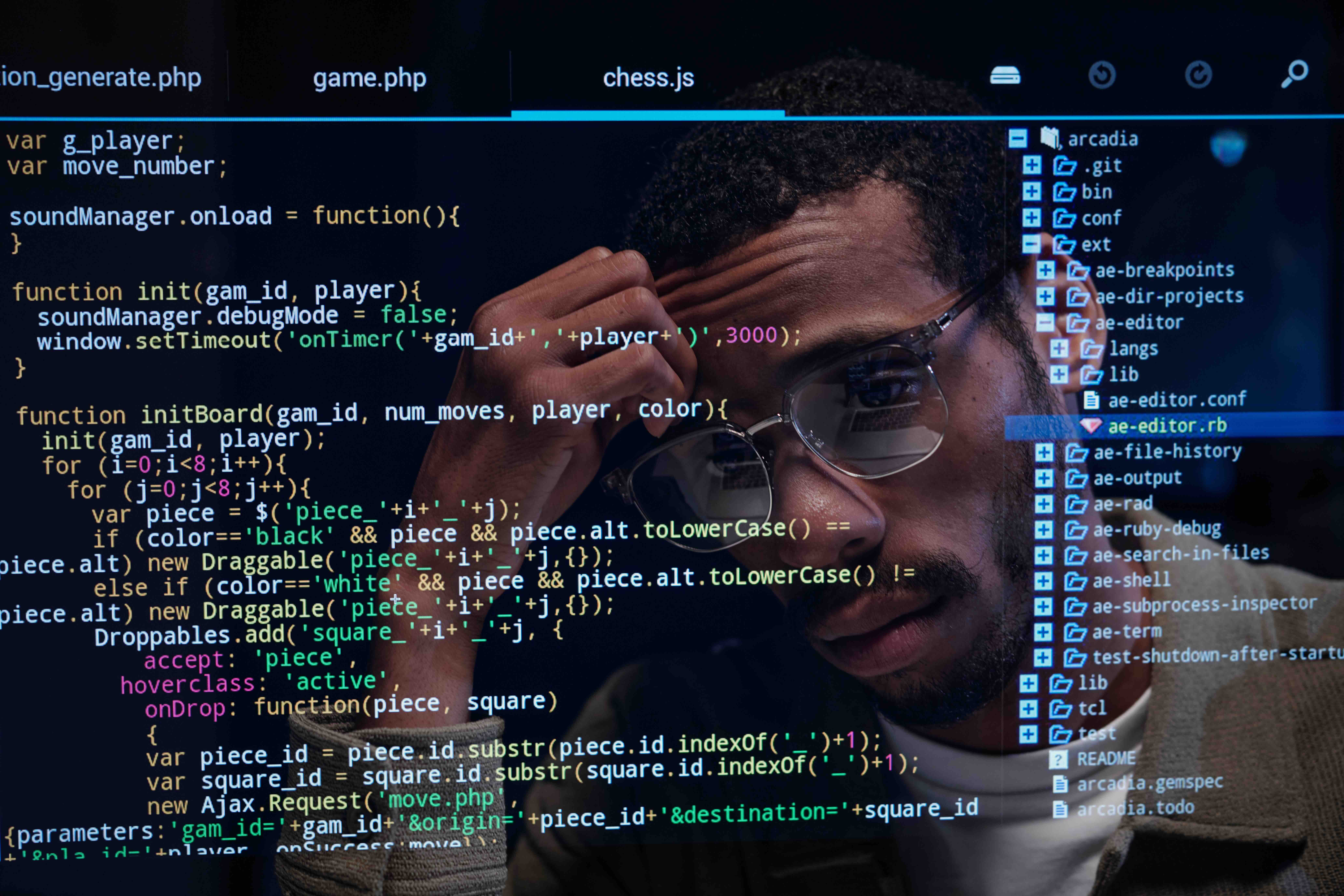Managing Underperforming Engineers with Empathy
Every team, at some point, faces an engineer who is struggling—whether it's missed deadlines, declining code quality, or disengagement. It’s easy to feel frustrated, especially in a fast-moving environment where every delay matters. But instead of jumping to conclusions, the best leaders take a step back and ask: What’s really going on here? When leaders take time to understand an engineer’s struggles, they’re not just helping one person—they’re building a stronger, more resilient team that delivers better software.
Understanding the Root Causes
Before making assumptions, the first step is to understand why an engineer is struggling. Underperformance is rarely due to laziness or lack of care. Common causes include:
- Lack of Clarity – Unclear expectations, vague project goals, or ambiguous requirements can lead to confusion and slow progress.
- Skill Gaps – They might be missing crucial technical skills or struggling with a new tech stack.
- Personal Challenges – Life outside of work matters. Health issues, family problems, or burnout can severely impact productivity.
- Lack of Motivation – Boredom, disengagement, or lack of ownership can make work feel meaningless.
- Team Dynamics – Misalignment with team culture, conflicts, or lack of support from peers can contribute to underperformance.
The Impact on Software Engineering
Unchecked underperformance can have long-term effects—technical debt may accumulate, team morale can suffer, and deadlines may slip over time. While strong teams often absorb short-term struggles, persistent issues eventually create bottlenecks that slow progress. Instead of letting problems compound, leaders who take an empathetic and proactive approach don’t just help one engineer—they strengthen the entire team. A culture of support and accountability reduces bottlenecks, fosters innovation, and strengthens team ownership.
Practical Steps to Address Underperformance
1. Start with a Conversation, Not a Confrontation
Schedule a one-on-one conversation in a low-pressure setting. Approach the discussion with curiosity rather than criticism.
- Use open-ended questions: "How are you feeling about your work lately?" or "Is there anything getting in the way of your productivity?"
- Avoid blaming language. Instead of "You're not meeting expectations," try "I’ve noticed some challenges—how can we work through them together?"
- Show that you care: "I want to support you in growing and succeeding here."
Example Scenario:
Sarah, a backend engineer, was recently assigned to a project using a new database technology. She was missing deadlines and struggling with implementation, finding it difficult to adapt to the unfamiliar tech stack. Instead of assuming she was slacking off, her manager scheduled a casual check-in to better understand her challenges. Together, they identified key areas for improvement and developed a structured learning plan. This included pairing with a senior engineer, reviewing relevant training materials, and working on a small internal project to build confidence with the new technology.
2. Clarify Expectations and Provide Context
Misaligned expectations can create a cycle of frustration. Clearly define:
- What success looks like for their role.
- How their work impacts the team and company.
- Where improvement is needed with specific, constructive feedback.
Instead of saying, "Your code quality is bad," try "I've noticed some readability issues in your recent PRs—let’s pair on refactoring strategies."
3. Offer Support and Resources
If underperformance stems from skill gaps, provide opportunities for targeted growth:
- Pair Programming & Code Reviews – Foster a learning culture by pairing with them on tasks.
- Training & Courses – Recommend online courses, books, or internal learning resources.
- Mentorship – Connect them with a more experienced engineer.
4. Adjust Work Assignments (If Necessary)
Not every engineer thrives in the same type of work. If possible, explore different areas where they might excel:
- Are they better at backend vs. frontend?
- Would they thrive in a different project phase (design, testing, debugging)?
- Could they take on a mentorship role for junior engineers?
Engineers have different strengths—some may find UI challenging but thrive in debugging, while others excel in backend development over frontend work. If business needs allow, adjusting assignments to match strengths can improve both team performance and individual confidence.
5. Provide Regular Feedback & Check-Ins
Improvement takes time. Follow up with:
- Weekly or biweekly check-ins to track progress.
- Encouragement for small wins.
- Adjustments based on their feedback and performance.
Keeping an open dialogue ensures performance discussions remain part of an ongoing development process rather than one-off interventions. This approach ensures that feedback is part of a continuous improvement cycle, fostering long-term growth.
6. Encourage a Growth Mindset
Some engineers fear failure and avoid challenges. Reinforce that mistakes are part of the learning process. Celebrate effort and progress, not just final outcomes.
"Last sprint was tough, but I saw how much effort you put into improving your debugging skills. That’s real growth."
Encouraging engineers to document and share their learnings strengthens a culture of continuous growth and knowledge-sharing.
7. Know When to Escalate
Some engineers will continue to struggle despite coaching and adjustments. When that happens, escalation isn’t about punishment—it’s about providing structure and accountability.
Signs That Escalation May Be Necessary:
How do you know when it’s time to escalate? Watch for these warning signs:
-
If performance issues persist even after multiple feedback cycles and support efforts, it’s a signal that more structured intervention is needed.
-
If an engineer avoids ownership or doesn’t follow through on agreed-upon improvements, their lack of engagement might be holding them back.
-
If their underperformance is affecting the team, with others compensating for their work or deadlines slipping, it’s time to step in.
-
If they’re resistant to feedback, avoid collaboration, or negatively impact team morale, behavioral concerns may be at play.
At this point, the usual coaching efforts aren’t working, and the team is feeling the impact. Before considering next steps, a structured intervention like a Performance Improvement Plan (PIP) can help set clear goals and ensure fair expectations for improvement.
Example Scenario:
Mark, a mid-level engineer, had been struggling with debugging complex issues and repeatedly introduced regressions in production code over several months. Despite coaching, training, and targeted feedback, Mark continued to struggle with debugging and regressions, affecting team velocity. Despite multiple coaching attempts, Mark’s challenges persisted, affecting team progress. Recognizing that coaching efforts had not led to sufficient improvement, his manager implemented a Performance Improvement Plan (PIP) to provide structured guidance and clear expectations. His manager worked with him to set clear milestones, including fixing three high-priority bugs within a sprint, improving unit test coverage on a critical module, and presenting a short technical review to the team to demonstrate deeper understanding.
To support him, his manager scheduled weekly check-ins to review progress, assigned a mentor to guide him through debugging strategies, and provided targeted feedback on his code submissions with clear expectations for improvement. After two months, Mark showed improvement. His debugging became more reliable, he engaged more in code reviews, and he successfully completed a key project milestone. While he still had areas to develop, the structured support helped him regain confidence and contribute more effectively. And though not all PIPs lead to long-term success, this process gave him a fair chance to grow—and helped clarify whether he was the right fit for the team’s needs.
A PIP isn’t always successful. It’s a structured approach when other coaching efforts haven’t worked. If mishandled, it may feel like a termination step rather than a growth opportunity. But when structured well, it provides clarity, support, and a fair chance for an engineer to improve. Setting up a PIP correctly is key to making it constructive. Here’s how to ensure it remains a supportive and effective process:
Best Practices for PIPs:
- Set realistic and measurable improvement goals.
- Offer continuous support during the process.
- Keep communication open and constructive.
- Work with HR (if applicable) to ensure the PIP aligns with company policies and is documented appropriately. If performance doesn’t improve, document steps transparently and explore alternative solutions, such as internal transfers or career coaching.
Conclusion
Great teams don’t just write code—they cultivate a culture of trust, accountability, and support where engineers can thrive. Addressing underperformance with empathy isn’t about lowering the bar; it’s about providing the right support and accountability so engineers can succeed.
Every engineer will face challenges, and how we respond shapes their growth. Helping someone improve takes effort, but it’s one of the most fulfilling aspects of leadership. What have you learned from these situations?
Empathy isn’t just a leadership trait—it’s a skill that builds stronger teams, better code, and healthier workplaces. Leading with empathy makes teams more resilient, innovative, and better equipped to handle challenges. And great teams don’t just build software—they shape the future of engineering.



